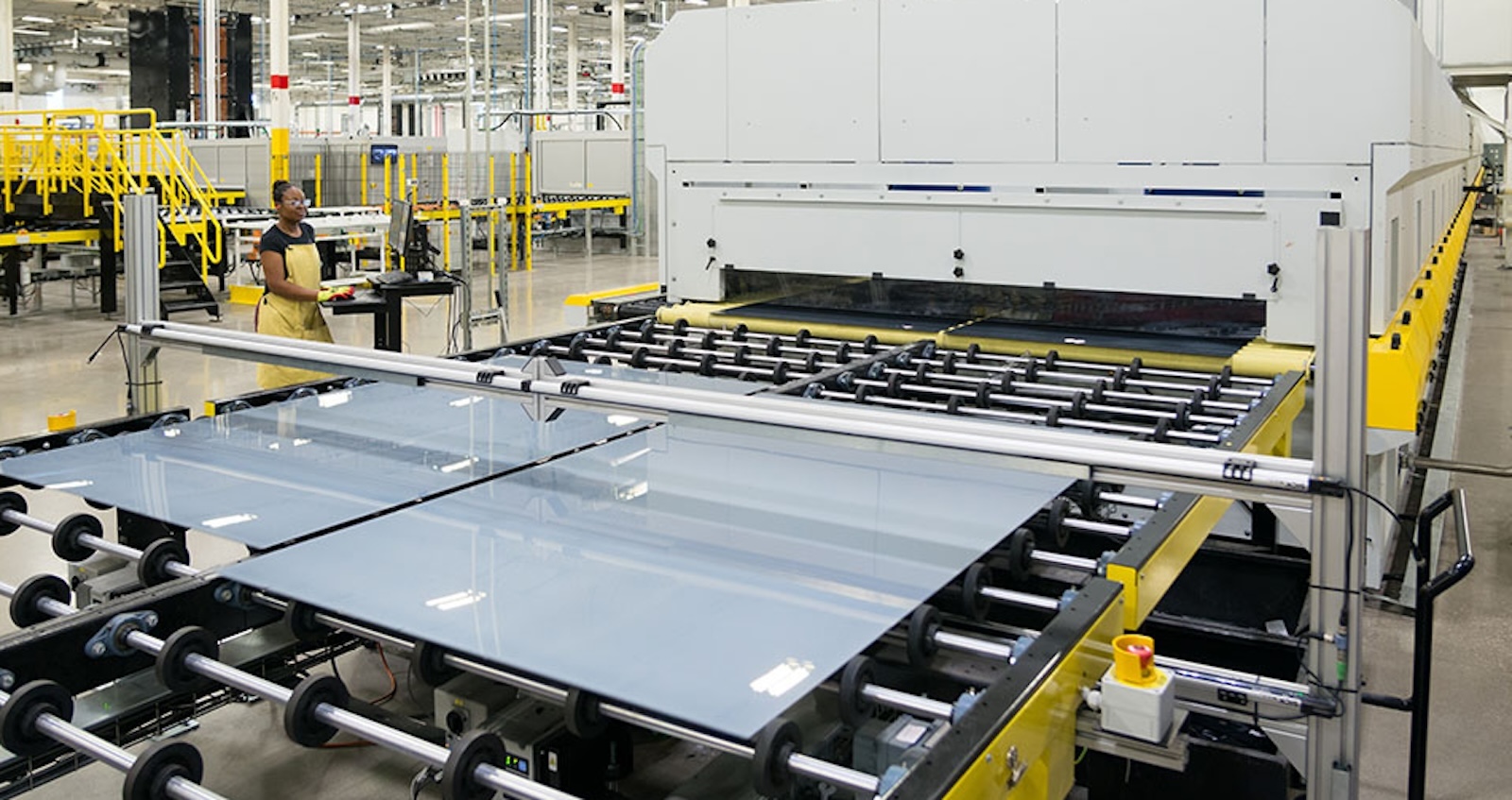Solar gains across Australia defy seasonal cloud forecast
In a new weekly update for pv magazine, Solcast, a DNV company, reports that Australia’s summer has been much sunnier than expected so far, with localized weather events only bringing brief disruptions.

In a new weekly update for pv magazine, Solcast, a DNV company, reports that Australia’s summer has been much sunnier than expected so far, with localized weather events only bringing brief disruptions.
As Australia's summer stretches into its second month, initial seasonal forecasts of greater-than-average cloud cover have not materialized with irradiance levels showing a much sunnier than expected season so far, according to analysis using the Solcast API. Localized events, such as Tropical Cyclone Sean, brought brief disruptions but had only a minor impact on the overall sunny trend this summer.

Despite forecasts suggesting greater-than-average cloud cover, irradiance across most of Australia for December and January was up to 10% above already high summer averages. This unexpected outcome defied numerical weather predictions at the start of summer that pointed to a cloudier-than-usual season. With clear skies prevailing over much of the continent, solar generation potential has exceeded initial expectations for the season.

However, not all regions escaped impacts from significant weather systems. Tropical Cyclone Sean, which reached category three intensity, reduced irradiance to 10% below average along a narrow section of the northwestern coastline. While heavy rains and extensive cloud cover affected the coast, much of the cyclone's cloud shield and core remained offshore, limiting the impact of reduced solar on isolated inland communities that typically rely on solar-powered microgrids.

Looking ahead, updated seasonal models suggest likely cloudier conditions during February, Australia’s final month of summer. If this forecast holds, irradiance levels for the season overall are expected to end near or slightly above typical averages. Continuous updates to forecasts ensure solar operators receive the highest possible accuracy as conditions change.

Solcast produces these figures by tracking clouds and aerosols at 1-2km resolution globally, using satellite data and proprietary AI/ML algorithms. This data is used to drive irradiance models, enabling Solcast to calculate irradiance at high resolution, with typical bias of less than 2%, and also cloud-tracking forecasts. This data is used by more than 350 companies managing over 300 GW of solar assets globally.
What's Your Reaction?






























































